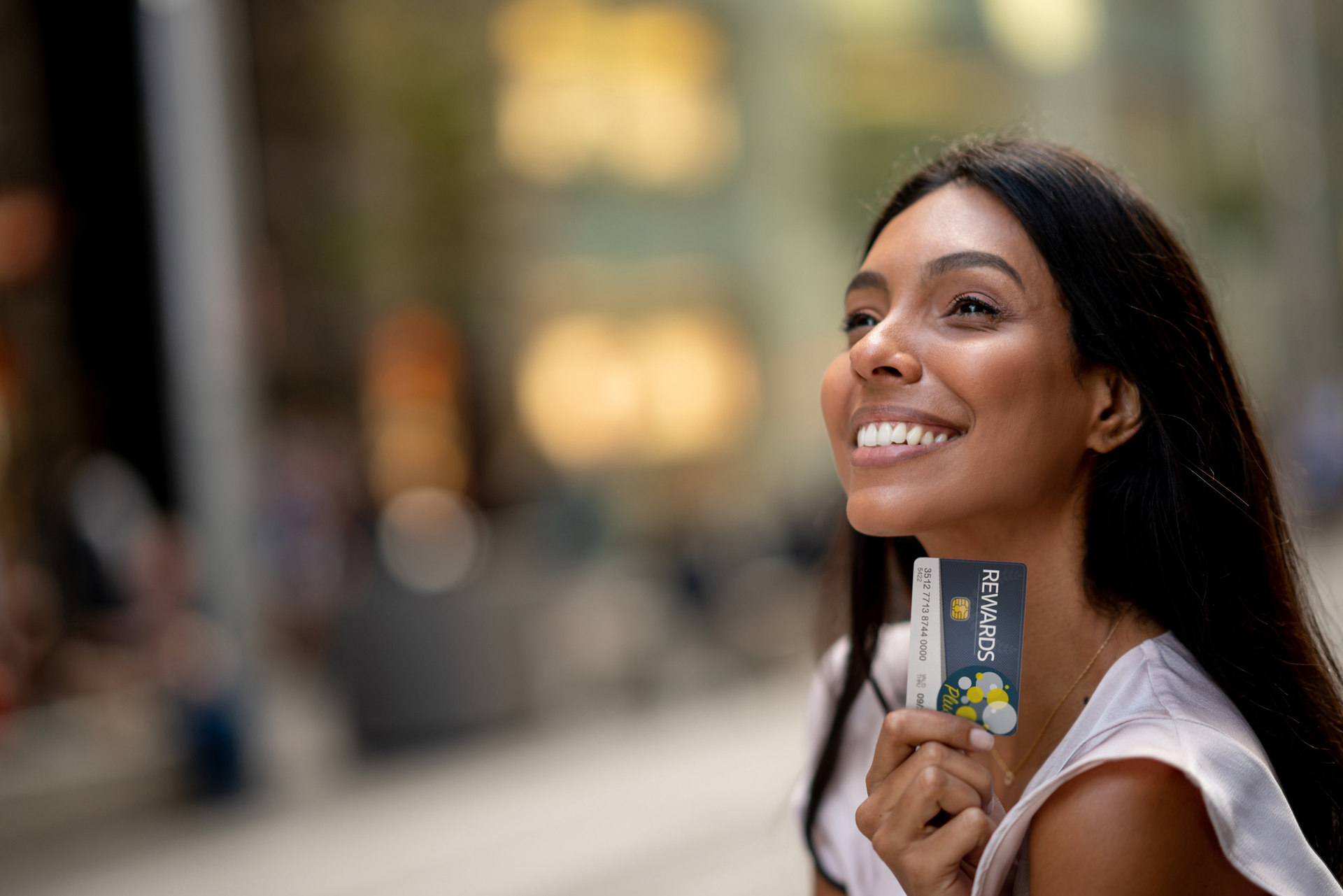How do you know when you’ve scored big with your crush? It’s pretty easy: they want a second date. And a third, and a fourth, and a fifth. Next thing you know, you’re spending whole weekends together in addition to dinner on Thursday nights. You get into a rhythm and routine with them. You get used to seeing them on a regular basis.
It’s the same with customers. Brands want to keep their customers coming back for more. In the romance world it’s called “dating” “seeing each other” or in some cases, “exclusivity.” Brands call it loyalty. The greater the number of loyal customers, the better the overall brand’s health and bottom line.
But it’s proving much more difficult to execute in practice, and CEOs of brands are starting to worry. In a never-ending sea of choices, with new streams added every day, brands run the risk of becoming just another data point that flows by the customer unnoticed.
MasterCard sponsored a Harvard Business Review analytic services report that surveyed 400 executives about the changing landscape of loyalty programs, customer journeys, and what that means for brands big and small.
Stop thinking inside the box
It’s easier said than done though. Most loyalty programs up until this point have been largely transactional: airplane miles, points, cash rewards. The problem is that those programs are stale and predictable, and no one can really tell one offer from another after a while.
I was able to sit down with Francis Hondal, president of loyalty and engagement services at MasterCard, to discuss the Harvard Business review analytics report, and what she felt these finding meant for MasterCard. She had a very succinct way of distilling the contents of the report into its most critical takeaway.
“I think that the point is the following: I think that as we turn this concept of understanding who the customer is, ultimately, is going to drive your marketing strategy. And how does your brand connect that customer to what is meaningful for them?”
Focus on the journey
Points and miles simply aren’t cutting it anymore. Customers want to feel engaged and build emotional connections to the brands they interact with. According to the Harvard Business Review report, a whopping 57 percent of the executives surveyed in the Harvard Business Review report were looking to build an emotional connection with the brand. Hondal described one of MasterCard’s travel rewards program as going beyond just making a traveler feel more comfortable, it’s about helping families make unforgettable memories when they take vacations together. If you get to your hotel and the pool is under construction, don’t sweat. MasterCard’s travel rewards program will be there for you.
“Our brand is all about connecting people to priceless possibilities, but it’s really about that surprise factor,” Francis said. “The insight that we gained around people to whom experiences matter more than things, is a huge insight when connecting people to your brand.”
Get to know your customer
When I was a kid, I saw a business documentary about a grocery store called Stew Leonard’s. They operated by two very simple rules. 1. The customer is always right. 2. If the customer is ever wrong, reread rule number one.
Almost everyone I know, myself included, has worked in retail or restaurants at some point in their lives and knows how aggravating customer service can be. But Stew Leonard wasn’t wrong. In fact, they may be even more right than ever before. Customers are not only always right, but they are now empowered with more options. In a word, they’re more entitled than ever, certainly much more so than when I first saw that documentary however many years ago.
A few weeks ago, I sat down on background with a senior marketing executive at Google, who had spent most of his career thinking about this exact issue of personalization, and looking at CRM data to inform him about customer behavior when it came to rewards and audience building with digital tools. He recently finished a research project to discover the top six reasons
I asked him when he thought this entitled behavior began. He replied unequivocally that 2007 was the year the game really changed. I asked if this was because of the advent of the iPhone.
He confirmed this, and proceeded to tell me about how the ability to get just about anything with a tap on your phone opened up the world to consumers — and as a result, their expectations went through the roof. An iPhone was no longer an iPhone, it was a portal into a different world, a customized world.
You can have whatever apps you want on a smartphone, so you can have whatever experience you want. The entire customer journey is driven by customer wants and needs. And brands need to meet those needs.
The takeaway
If it seems like customers are calling the shots, they absolutely are. They want to be taken on a journey, and they are telling you what kind of journey they want to be on. They are telling you with their data, their purchasing decisions, and their browsing history. They are telling you in the feedback they are giving customer service representatives and on online reviews they are leaving on your sites. They are telling you what they want from the rooftops. Are you going to give it to them in time, or will you let a competitor sweep them off their feet?







